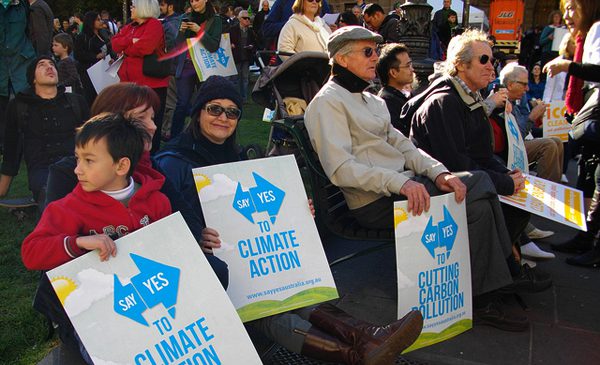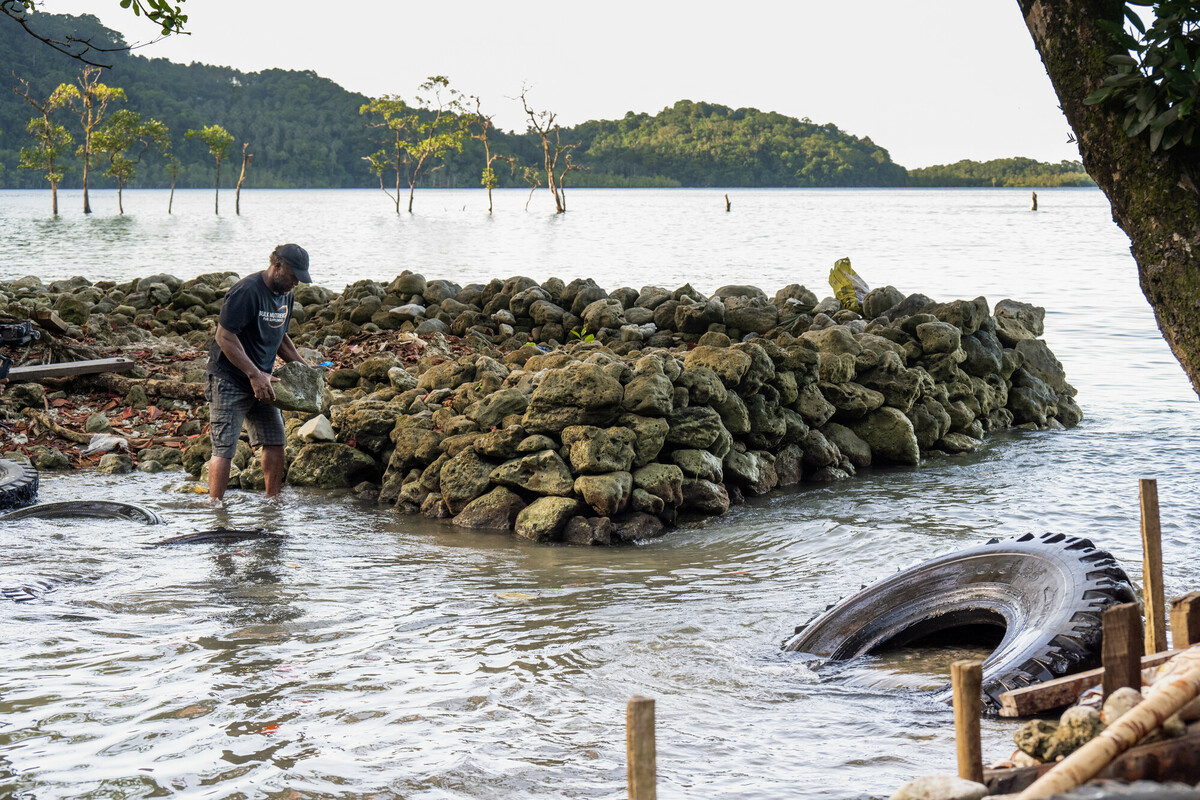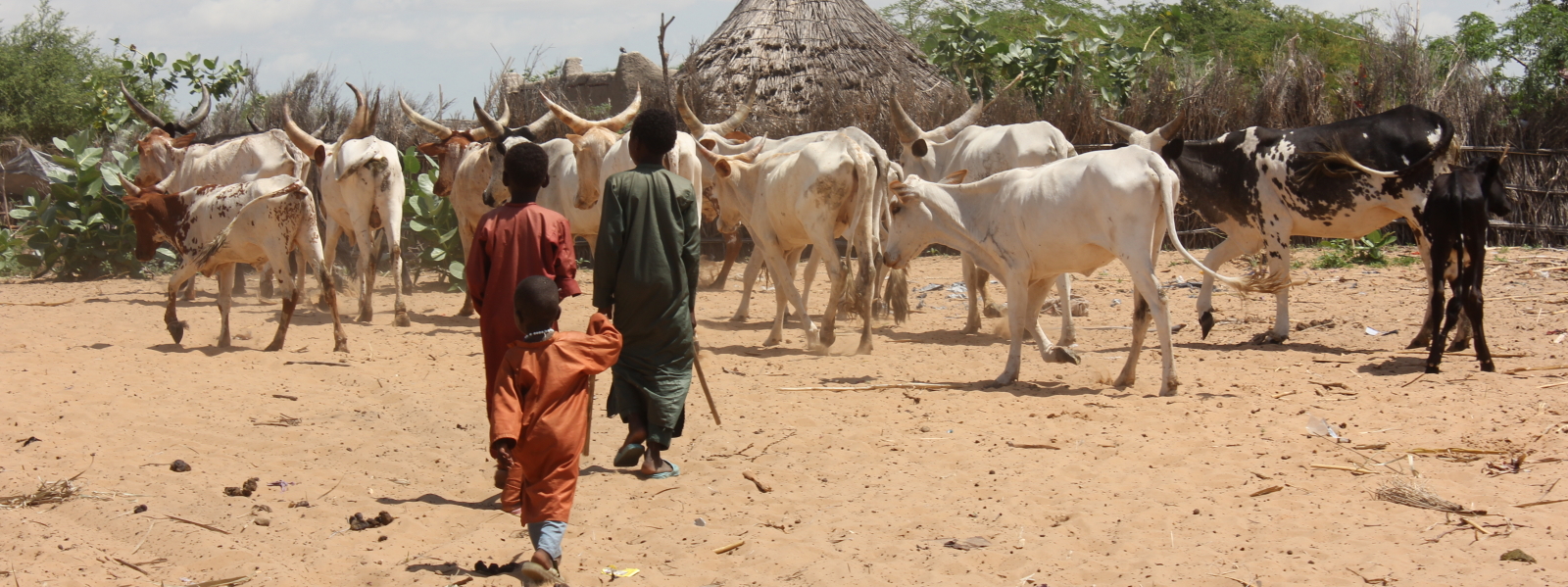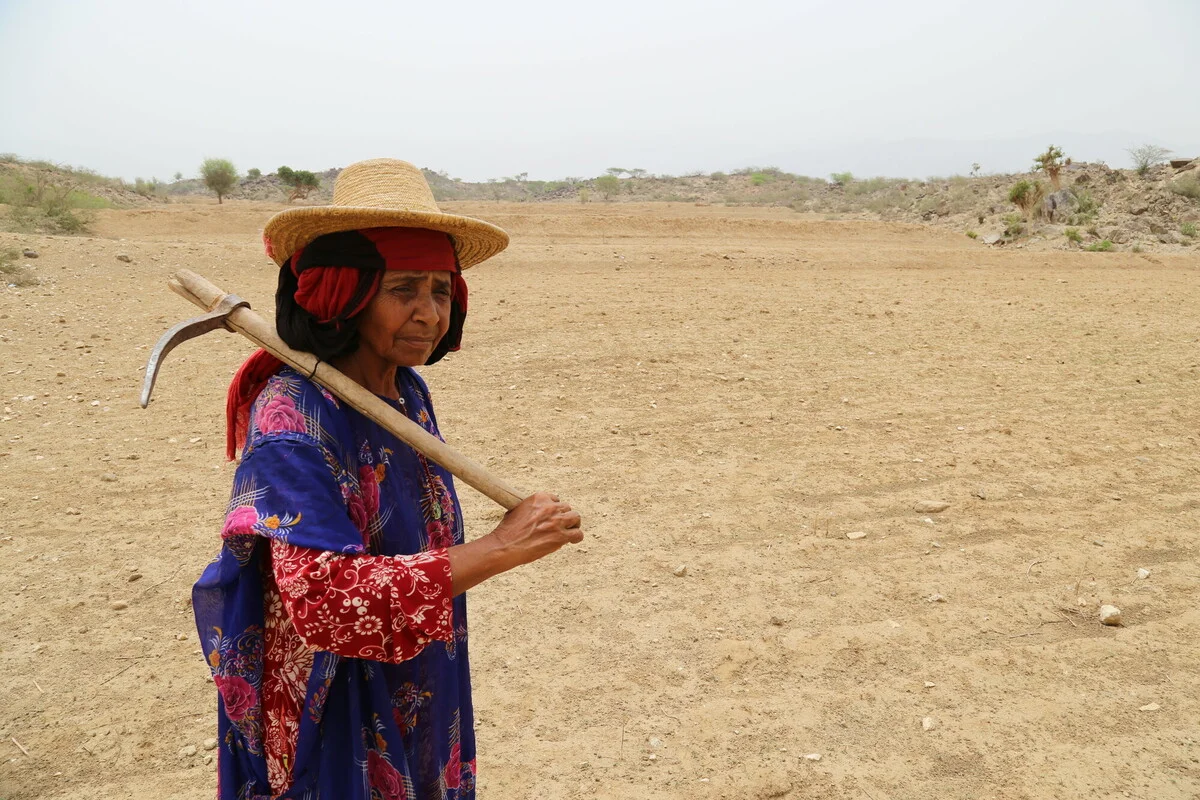Since the government announced its plans to put a price on pollution it’s been hot a topic of discussion. Politicians, pundits and the public are all talking about it. Lots of people have an opinion – with some being more based on fact than others – and everyone has questions.
The proposed legislation – made up of 14 bills – fills more than 300 pages. We’re pretty sure not many people have the time (or inclination) to read it so here’s a brief overview of the core elements and what Oxfam thinks of it:
Basics of the legislation (and what Oxfam thinks)
Reducing our carbon emissions
- We are pleased that the price on carbon is structured in such a way that the 500 biggest polluting companies will be the ones who pay – it’s not a tax on ordinary Australian families or small businesses.
- The starting price of $23 per tonne of carbon pollution from 1 July 2012, rising by 2.5 per cent every year for three years, is a good start but on its own it is not enough to drive down significant carbon emissions in the short term.
- Looking to the future, Oxfam welcomes a legislated 2050 emission reduction target of 80 per cent to set the long term tone for Australia’s emissions reduction effort. However Oxfam would like to see this rise to 95 per cent reduction target in line with current science.
- An independent Climate Change Authority will be established from 2014. Their job will be to recommend ongoing carbon pollution reduction targets. This model, which has been successful in the UK, should help ensure Australia’s pollution reduction target is based on science rather than partisan politics.
Building a clean energy economy
- The legislation includes an extra $10 billion investment in the renewable energy industry which has the potential to drive significant advancements in our use of renewable energy.
Further action needed
- Oxfam is disappointed that the government is not planning to direct a portion of funds raised from a price on carbon and then an emissions trading scheme toward helping poor people in developing countries adapt to the devastating impacts of climate change. We think this is a missed opportunity.
- The government is giving a significant amount of money to compensate big polluters. Oxfam thinks that this amount of money should be reduced rapidly over the coming years and a percentage of it should be put towards supporting developing countries adapt to the impacts of climate change which they are already facing.
What impact will a price on carbon in Australia have on international climate action?
Internationally Australia is a key ‘middle power’, its influence in the global climate negotiations should not be underestimated. Our domestic action (or lack of) has flow on effects to other states and nations. If countries like us dig in their heels and refuse to move before everyone else, then there is little hope for effective global action.
Where to from here?
Oxfam wants to see this legislation passed through Parliament before the all important international climate negotiations in Durban, South Africa at the end of this year. We see this legislation as an important first step to help Australia catch up to international action on climate change.
- Up until the end of August individuals, communities and organisations are invited to make a submission to the government with their comments on the proposed legislation. Check out our handy guide on how to make a submission.
- It is likely the legislation will be put before the lower house (House of Representatives) in the middle of September and then the upper house (the Senate) towards the end of October.
- As the Parliament is currently made-up it is likely that there are the numbers in both houses to pass this legislation – however – nothing is certain in politics! This means we can play a key role in the coming months by publically calling on Australia to commit to action on climate change.
What you can do:
- Make your own submission to the Carbon Price legislative process
- Tell your local MP that you support a price on carbon



